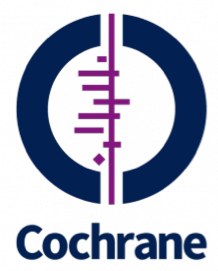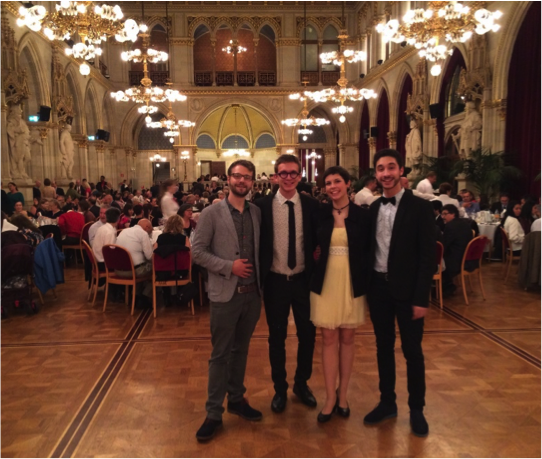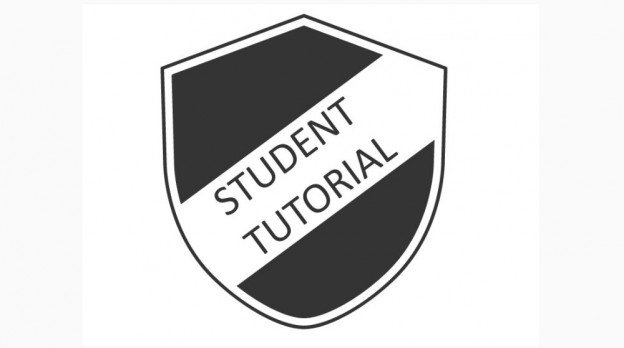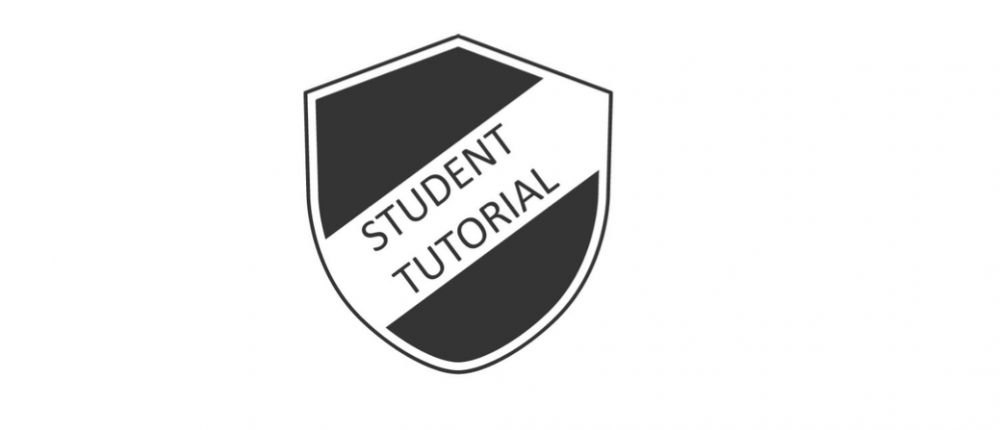Swiss students discuss Cochrane & the Cochrane Colloquium, Austria, 2015
Posted on 6th May 2016 by Jeremy Glasner
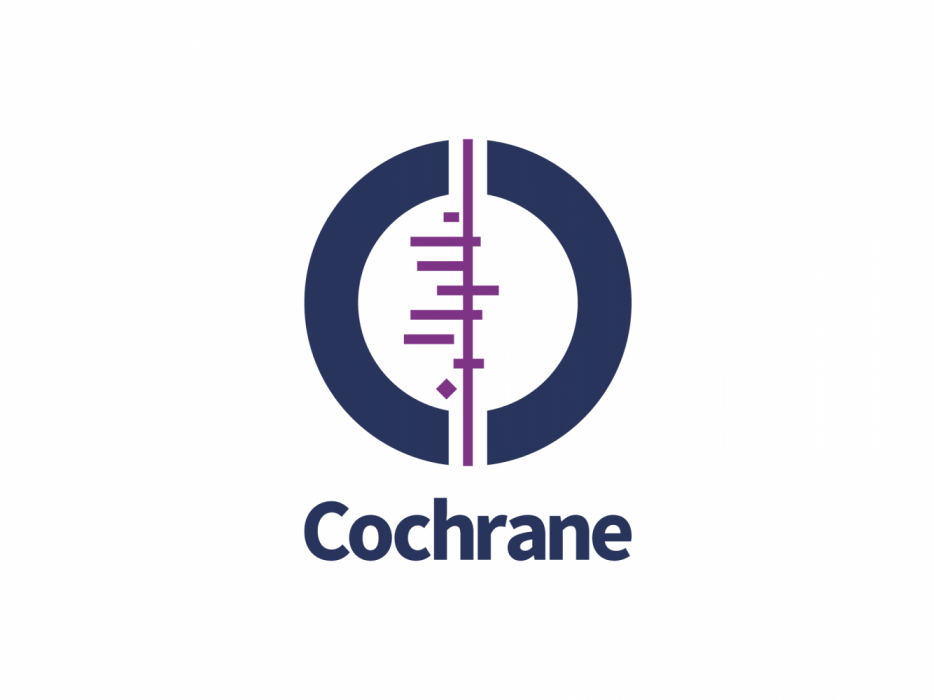
What is Cochrane?
To gather the best results in research and to summarise them, to be able to inform decisions in healthcare. This idea, conceived by British epidemiologist Archibal Cochrane, led to the foundation of the Cochrane Collaboration in 1993. Today the collaboration comprises over 28,000 members from over 120 countries, many of whom are leaders in their particular area of research. In addition, as a not-for-profit, independent collaboration, Cochrane distance themselves from commercial sponsorships and other conflicts of interest. To be able to inform and enhance decision-making, Cochrane produce systematic reviews and meta-analyses which synthesise, summarise and evaluate data. These are then published in the Cochrane library, accessible to practitioners, researchers, and patients alike. With over 6,500 published reviews, which undergo constant updating, the Cochrane Library represents one of the leading resources for systematic reviews in healthcare.
The Cochrane logo is far from random: Together, one ‘C’ mirroring another ‘C’ form a circle. One stands for Cochrane, whilst the other stands for Collaboration, representing international co-operation. The inner part represents a systematic review of 7 randomised controlled trials (RCTs), comparing an intervention to a placebo. The 7 horizontal lines represent the results of the 7 individual trials (the shorter the line the more certain the outcome of the trial), while the diamond marks the result of a meta-analysis of the 7 trials (i.e. the pooled result from the 7 individuals trials). The vertical line marks the position at which the treatment or intervention has the same effect as the placebo. So, if a horizontal line touches the vertical line, this means there is no clear difference between the intervention and the placebo. When the horizontal lines are over to the left, it means the intervention was better than the placebo. When the horizontal lines are over to the right, it means that the intervention was worse than the placebo. In this case, the diamond (representing the pooled result from the systematic review of all 7 trials) shows that, overall, the treatment is favourable compared to the placebo.
(N.B. This is not just a hypothetical systematic review. Rather, it represents a real systematic review, conducted in 1989, of 7 studies carried out between 1972-1981. The review demonstrated that, overall, giving a cheap, short course of steroids to pregnant mothers who were due to give birth prematurely was effective relative to placebo in reducing the risks of babies dying from the complications of premature birth. Before a systematic review of these trials was published, most clinicians were unaware that this treatment was so effective, and it was not very widely used. Consequently tens of thousands of premature babies probably died unnecessarily (and needed more expensive treatment than was necessary), highlighting the critical importance of systematic reviews).
Colloquium 2015, Austria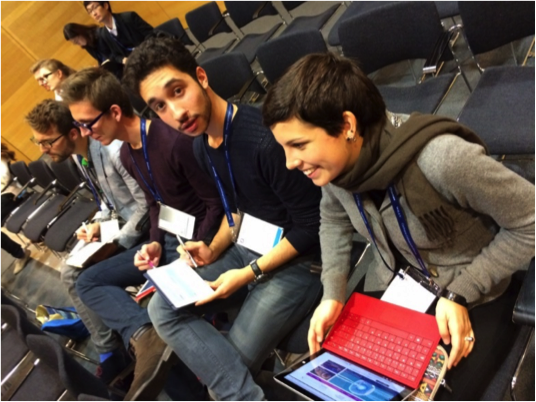
This year’s Colloquium, being the 23rd of its kind, took place at the beginning of October 2015 in Vienna, Austria, with the theme Filtering the Information Overload for Better Decisions. During 5 days filled with conferences, workshops, and poster fairs, the problem described in the theme was discussed and processed, looking for solutions as to how to best tackle this important difficulty.
How should one be able to find the right information with the shear amount of studies, reviews and meta-analyses present? Currently the amount of scientific knowledge is doubling every three years – in 2020 this duplication of knowledge will happen at a rate of 76 days. This is the reason why we have to find solutions to this problem; solutions that enable us to filter out the most crucial information and make them accessible to everyone. Some examples: Dr. Watson, an IT-program possessing artificial intelligence, is already able to recommend us the most promising therapy for our cancer patient. Wikipedia, to which access on a mobile phone is free of charge in certain developing countries, is an ideal channel to spread knowledge and information amongst a population. This makes it even more vital to invest a lot of time and effort into high quality Wikipedia articles, such as including Cochrane Reviews in the articles. Likewise, the World Health Organisation (WHO) uses Cochrane Reviews, and this can have a great influence and impact on the lives and health of millions. These are just a few select examples to stress that, even with an exponential growth of data, there are intelligent ways of making information and evidence easier to manage, access and use.
“At the Colloquium one could feel that one is part of something big. Not only because there were over 1,300 participants from all over the world, but mostly because every individual wanted to add their part to aid numerous decisions based on scientific research, that will be taken daily by medical personnel.” (Alen)
“For me it was beautiful to see how open and interested the researchers, panellists, and Cochranites were towards us students and how they took our projects seriously. The conference has surely solidified my knowledge and understanding of evidence-based medicine and has sparked a new interest in systematic reviews.” (Elina)
UAEM @ Cochrane Colloquium
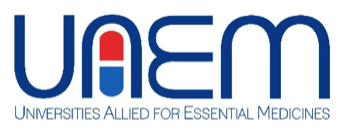 UAEM (Universities Allied for Essential Medicines) is a Swiss Medical Students’ Association (swimsa) associated project and had a unique role throughout the Cochrane Colloquium. Since the European Conference of UAEM 2014 in Basel, there is collaboration between the two organisations. Cochrane strongly supports and works in the field of Access to Data, since only complete publication of all results (whether significant or non-significant effects are found) can produce a truly adequate meta-analysis (to understand why, have a read about publication bias). In light of this issue, Cochrane started to work with UAEM, which also advocates for Access to Medicine and against a lack of transparency in the industry, especially concerning the price of pharmaceuticals. Cochrane allowed UAEM to integrate a panel discussion and workshop into the agenda of the colloquium. The discussion evaluated the problems we currently face in the development of pharmaceuticals, presented solutions to these problems and underlined the responsibilities of universities and researchers towards these issues. On the expert side of the discussion there were famous names like Katy Athersuch (MSF Access Campaign), Tim Hubbard (Human Genome Project), and Ellen ‘t Hoen (who has campaigned for access to essential medicines). But there was of course also a representative of UAEM on board, namely Thomas Deimel from UAEM Vienna. The recording of the discussion can be found here or on the Facebook page of UAEM Switzerland.
UAEM (Universities Allied for Essential Medicines) is a Swiss Medical Students’ Association (swimsa) associated project and had a unique role throughout the Cochrane Colloquium. Since the European Conference of UAEM 2014 in Basel, there is collaboration between the two organisations. Cochrane strongly supports and works in the field of Access to Data, since only complete publication of all results (whether significant or non-significant effects are found) can produce a truly adequate meta-analysis (to understand why, have a read about publication bias). In light of this issue, Cochrane started to work with UAEM, which also advocates for Access to Medicine and against a lack of transparency in the industry, especially concerning the price of pharmaceuticals. Cochrane allowed UAEM to integrate a panel discussion and workshop into the agenda of the colloquium. The discussion evaluated the problems we currently face in the development of pharmaceuticals, presented solutions to these problems and underlined the responsibilities of universities and researchers towards these issues. On the expert side of the discussion there were famous names like Katy Athersuch (MSF Access Campaign), Tim Hubbard (Human Genome Project), and Ellen ‘t Hoen (who has campaigned for access to essential medicines). But there was of course also a representative of UAEM on board, namely Thomas Deimel from UAEM Vienna. The recording of the discussion can be found here or on the Facebook page of UAEM Switzerland.
Additionally, the UAEM project Report Card was presented at a workshop, featuring a discussion encouraging further input and suggestions. The Report Card is a document which should enable universities to measure the effects of their research on the health of the world’s poor and hold universities accountable for the impact, or lack thereof, that their policies have on global health. More information can be found on the following website: www.globalhealthgrades.org.
“Both UAEM events were attended by many and could grasp the attention of participants. We hope that we can count on the support of the Cochrane authors and are looking forward to the possibilities these could present to us!” (Alain)
The Swiss Delegation at the Gala Dinner at the Rathaussaal.

